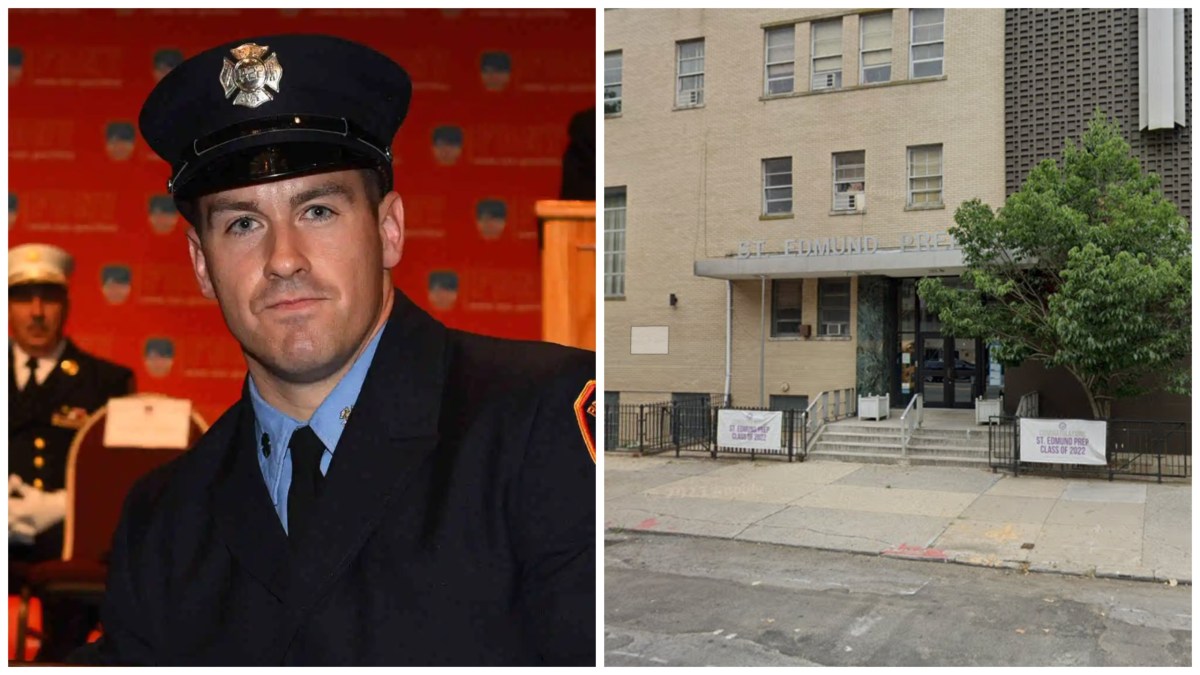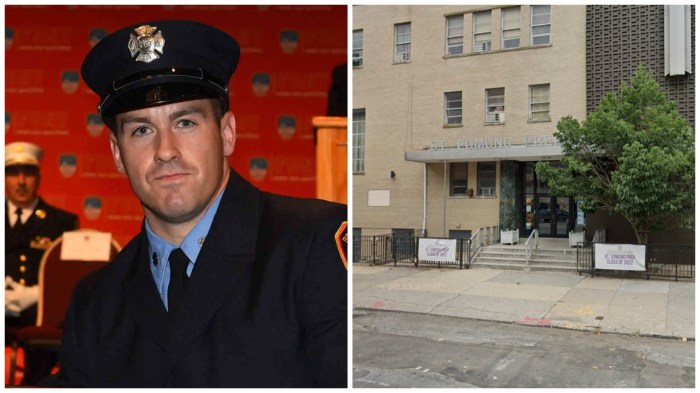
Do tell, Ortel: We were recently passing by Theatre 80 on St. Mark’s Place, and asked its proprietor, Lorcan Otway, who was sitting outside, if he had any good news tips. He told us that, in fact, yes, an old friend of his from their Grace Church School days, Charles Ortel, has been hard at work investigating the Clinton Foundation. Otway is not a Hillary Clinton supporter, in case you haven’t seen his Facebook page. So we looked up Ortel, who still lives in the Village, and he laid out a pretty convincing argument that the foundation is incredibly flawed and flouting all kinds of laws. Ortel’s angle isn’t the same one that Peter Schweizer took in his book “Clinton Cash” — i.e., that there were constant quid pro quos by power players giving money to the foundation to get access to Clinton when she was secretary of state. Rather, Ortel’s focus is that the foundation has violated the basic principles of charity law. Basically, as Ortel tells it, the Clinton Foundation was created as a humble nonprofit presidential archive and research center in Little Rock, but has grown into a massive international operation tackling everything from AIDS in Africa to rebuilding Haiti; yet, basic steps and protocols were not followed to authorize this expansion. And the Clinton Foundation has never been audited by the feds, either. It sounds like Ortel, who told us he spends every day researching this stuff in the library, has some pretty good points. In fact, he had many, many points. So many, we were a bit overwhelmed by all the info. So we are just writing this relatively brief item — and no, this item’s brevity is not part of the alleged vast left-wing media conspiracy in support of Hillary! Ortel admits he is a Republican and not a Clinton fan, but didn’t tell us who he thought he would vote for. This was a couple of months ago, before we started learning about Donald Trump’s shocking grope-aholism. As for how Ortel has so much time on his hands for this probe, he is a retired financial guy, and has been for decades. All the best people in finance retire early, he told us — obviously because they can. Anyway, we reached out to the Clinton Foundation for comment regarding Ortel’s myrid charges, but did not get a response. Hey, maybe it was lost in the e-mail!
Pier55 suit is sunk: The Court of Appeals this week declined to hear a request for an appeal by City Club of New York members on their lawsuit against Barry Diller’s Pier55 “entertainment pier” project. As is their wont, the court gave no explanation for their decision. So the two lower court rulings against the lawsuit stand. Madelyn Wils, the Hudson River Park Trust’s president and C.E.O., again claimed victory against the stubborn plaintiffs. “We’re pleased to see this ill-conceived lawsuit thrown out once and for all,” she declared. “We’re continuing with construction and Hudson River Park looks forward to welcoming visitors to what will be one of the city’s most spectacular new public spaces.” Meanwhile, Tom Fox, who headed the Trust’s predecessor agency, the Hudson River Park Conservancy, when the park was still in its planning stages, e-mailed us from the Philippines, where, if we recall correctly, he was giving a talk on ferry transportation. “I guess they are afraid to hear the case and it is a big loss for state parks,” Fox said. “Let the people beware state parks can be sold to the highest bidder without clear and explicit approval by the Legislature and the courts won’t protect us. It’s a whole new era of vulnerability for parks.” To recap, Fox and Rob Buchanan, another City Club member who is a devotee of rowing traditional Whitehall boats in the Hudson, charged in their suit that the Pier55 project was never put out to bid, as required under the Hudson River Park Act, and that the use of the pier commercially for performances run by a Diller nonprofit group violated the “public trust doctrine,” since, again, the state Legislature never held a vote on whether this could be done.
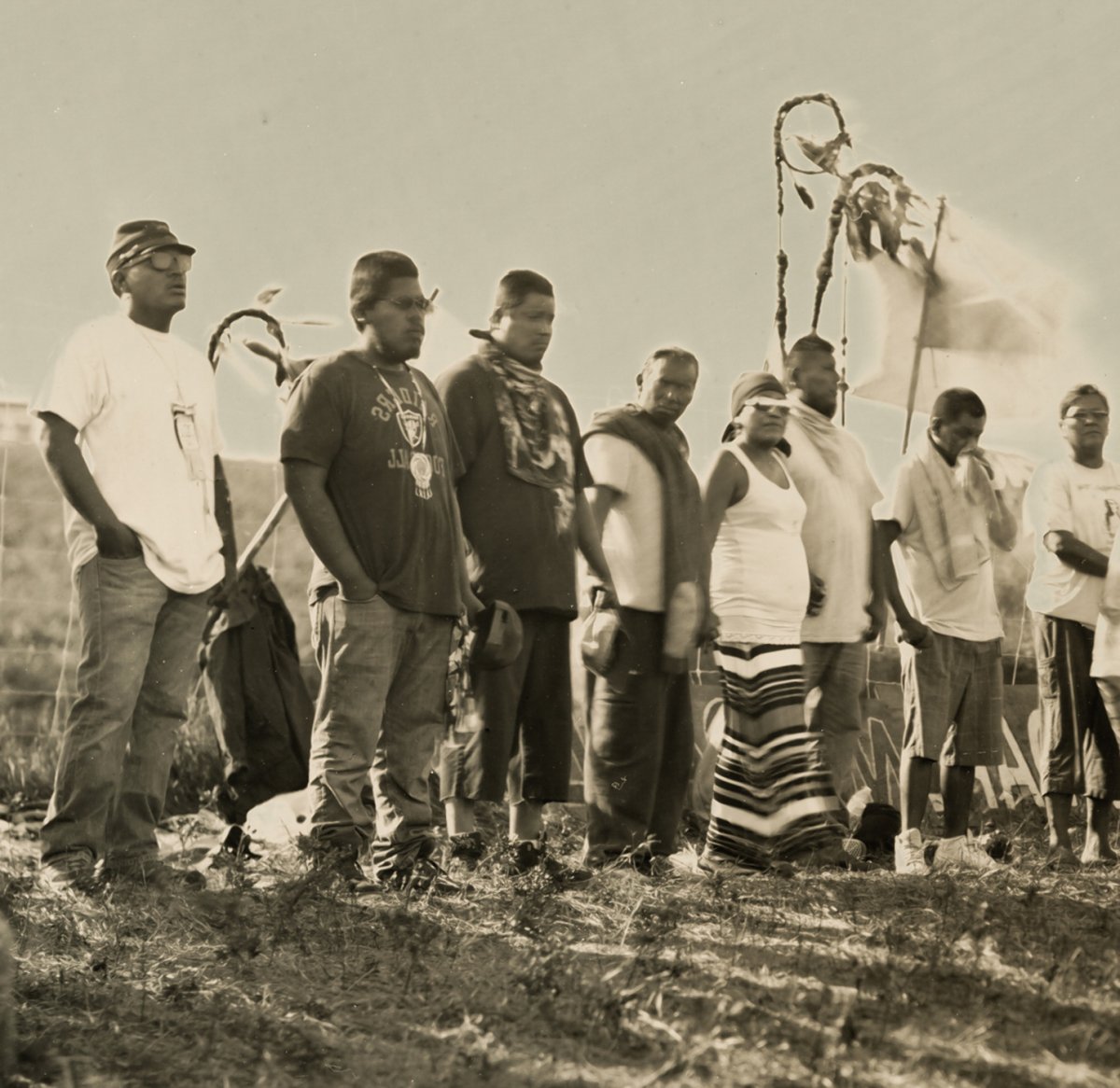
‘Custer Killer’ vs. pipeline: We got a report from Standing Rock, in North Dakota, this Tuesday from Jean-Louis Bourgeois. The Village activist and scion of the late famed sculptress Louise Bourgeois has been out on the reservation for more than a week, in solidarity with Native Americans who are making a stand against the Dakota Access Pipeline. He’s staying at a hotel run by the Standing Rock Sioux. “I have met these wonderful, wonderful people out there, really brilliant,” he told us. A drone has been recording aerial images of a line of construction machines that are putting in the pipeline, he said, adding, “They are not only construction machines — they are military machines. The place is crawling with local, state and — something I had never heard of before — federal police. It’s clear the authorities are gearing up for a physical confrontation. This is a flashpoint, this is a moment in history,” Bourgeois said. “There are now 270 tribes represented here.” Attack dogs have also been brought in, he said, adding, “and we hear they are building more kennels.” He also told us he has a new Native American name, “Custer Killer.” “I would have preferred if someone else did it, but I’m glad to see him dead,” Bourgeois said. Actually, he admitted, he gave himself this name, but it will be duly conferred upon him at an upcoming ceremony. In an eerie twist, Bourgeois grew up in the same E. 18th St. building where Custer’s widow, Libbie, spent years penning letters to rehabilitate the slain reckless and vainglorious general’s reputation. Meanwhile, President Barack Obama was meeting with leaders of the seven tribes of the Sioux Nation, i.e. the Oceti Sakowin, in San Diego on Tuesday, as they hoped to persuade him to deny federal permits for the project, which would go underneath the Missouri River. As Tito Ybarra, a member of the Red Lake Ojibwe and a new friend of Bourgeois’s, explained, “The pipeline is routed to go under the river and it’s not a question of whether it will break, but when it will break. This affects the water of tens of millions of people.” It’s starting to get very cold out there, and Bourgeois is helping out the cause, having paid for 10 large truckloads of firewood. “And I’m going to give a lot more of them,” he said. And it sounds like many of the Native Americans may be sporting decidedly nontraditional headwear, also thanks to Bourgeois.
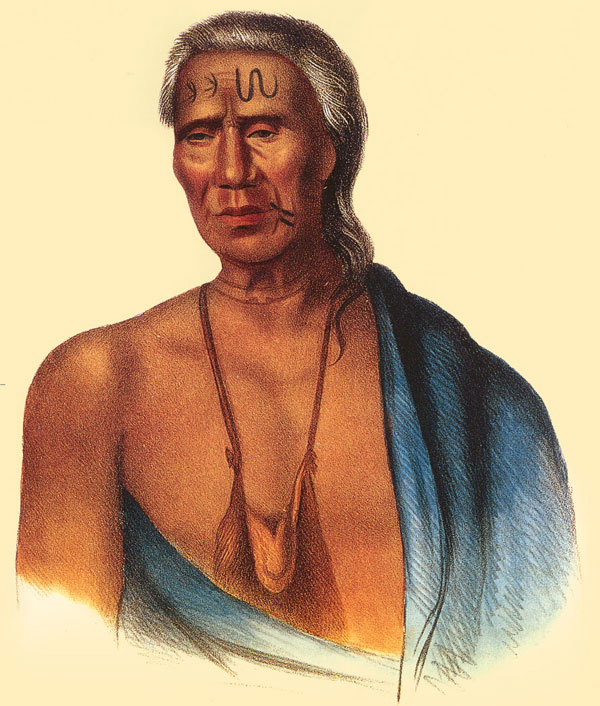
“This was a hat I found in Harlem,” he said. “So far I have given 100 away. I plan to give away 500 or 1,000. They have long ‘arms’ that wrap around the neck. They are the warmest hats I’ve ever worn.” The encampment’s numbers have dropped from 7,000 people down to 3,000, and will only further decrease as the mercury plummets. As for how long he’ll stay out at a frigid Standing Rock, Bourgeois vowed, “As long as it takes.” In a sign that “Standing Rock Is Everywhere,” Bourgeois is also moving ahead with giving a small building in the Village that he owns at 6 Weehawken St. to members of the Lenape, Manhattan’s original inhabitants. “Things are progressing. They’ve given it a name — Padamawiikan — which means ‘House of Prayer,’” he explained. A young local Lenape from Brooklyn, Anthony VanDunk “drilled through the cement floor to reach soil, and they did a ceremony — no cameras allowed,” Bourgeois said. The building will become the Manhattan Lenape Indigenous University, he said.
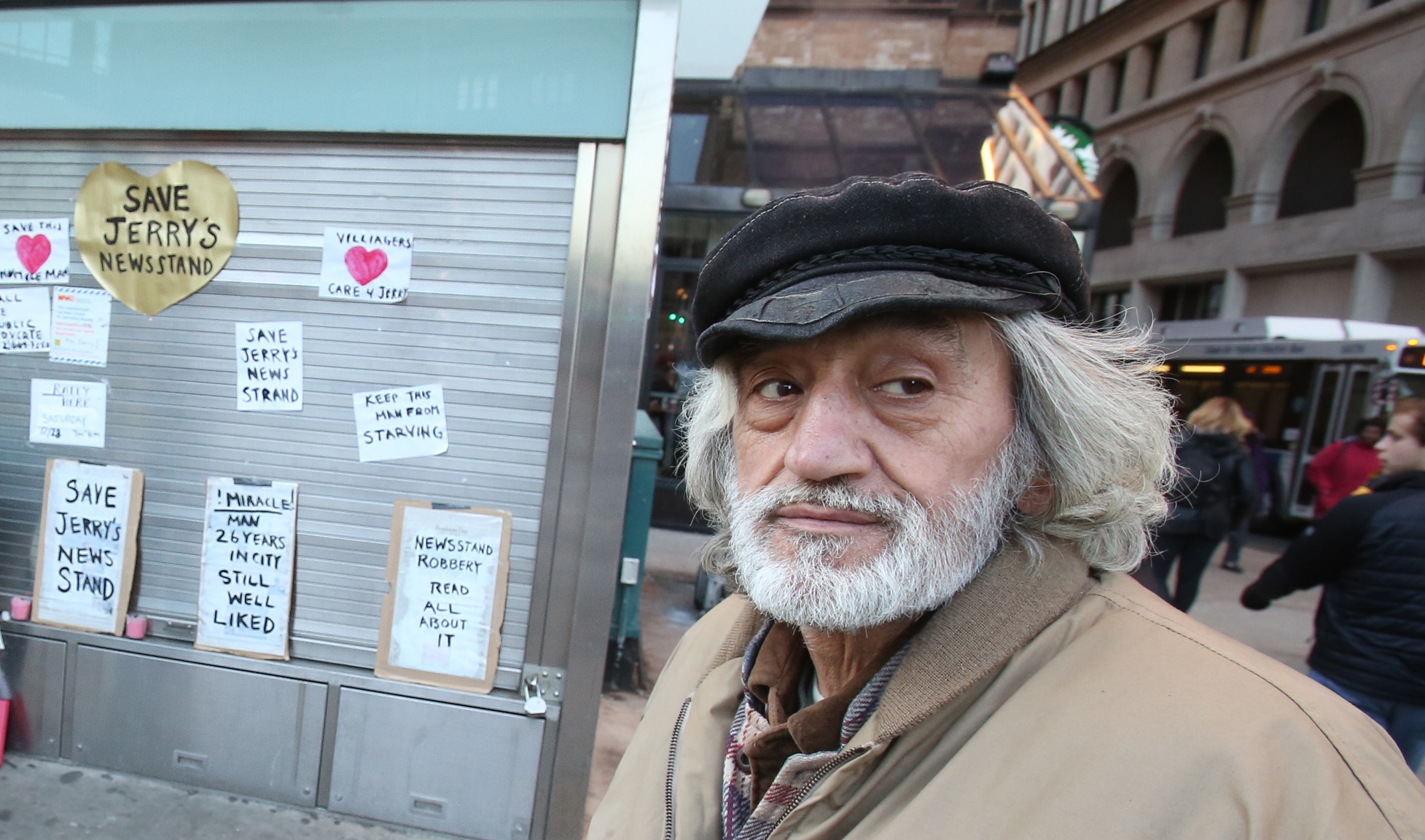
Astor news flash: An application for a second newsstand for Astor Place, in front of 51 Astor Place, the new Minskoff building, is on the agenda at Community Board 3. Community Board 2 previously denied an application for a second newsstand in that general area, feeling it would adversely impact the business of veteran news vendor Jerry Delakas, whose stand is in front of the Starbucks. C.B. 3, however, has not yet taken a position, though the issue will be discussed for, we assume, a possible vote at the board’s monthly meeting, on Mon., Oct. 31. Susan Stetzer, the board’s district manager, said the issue is “complicated,” but that a draft resolution will be posted on the C.B. 3 Web site on Fri., Oct. 28.











